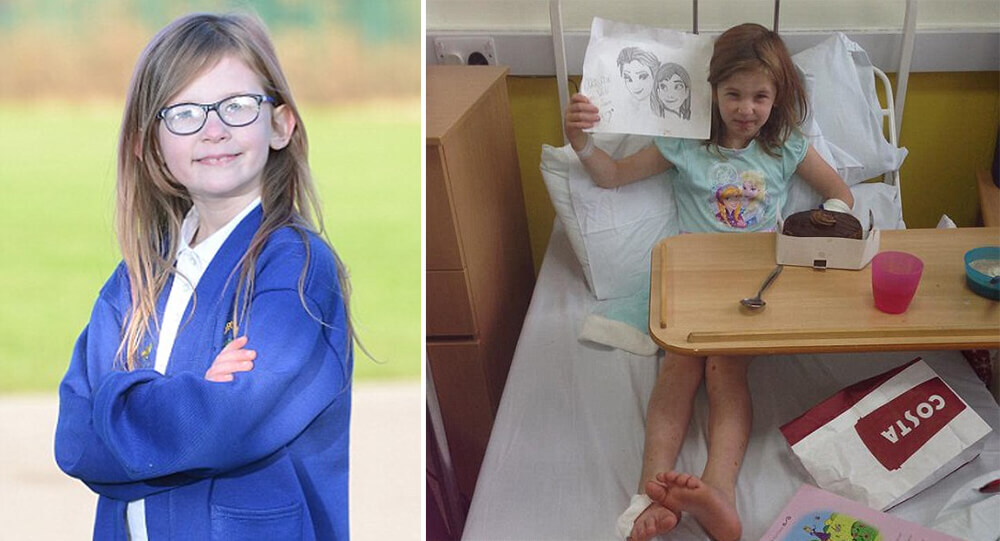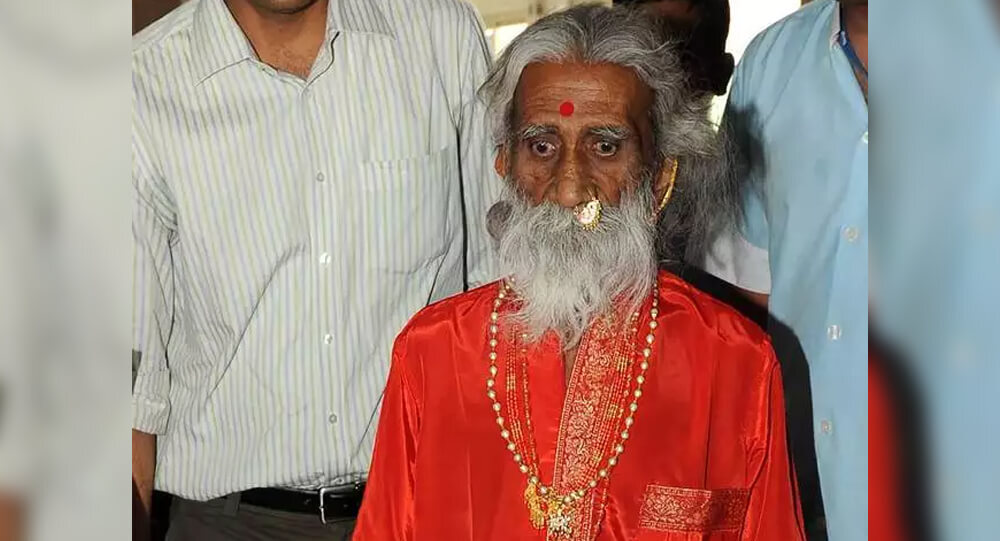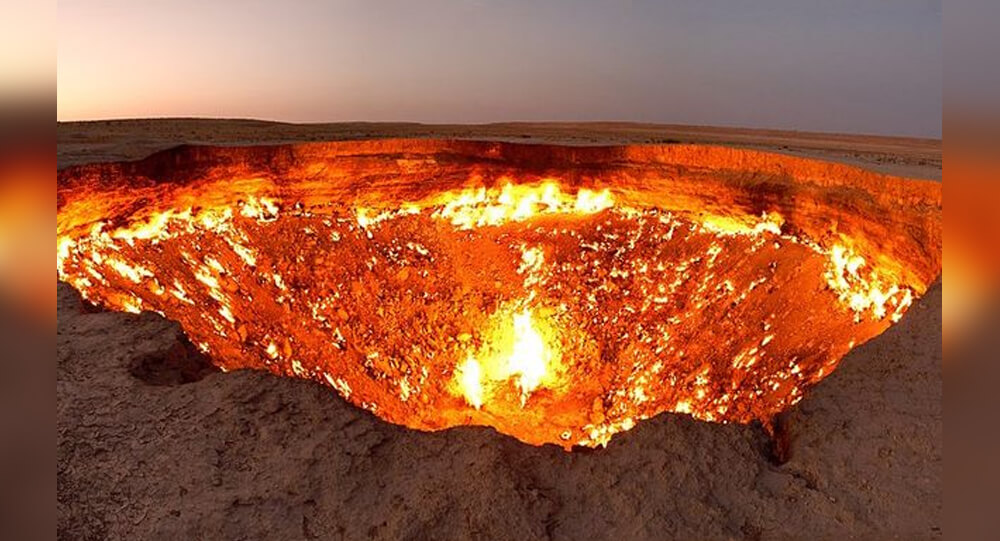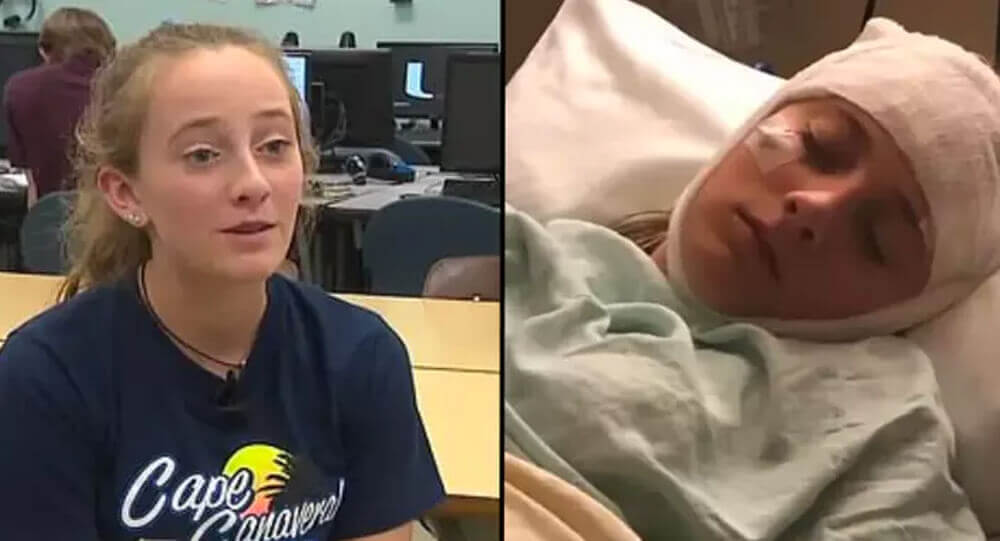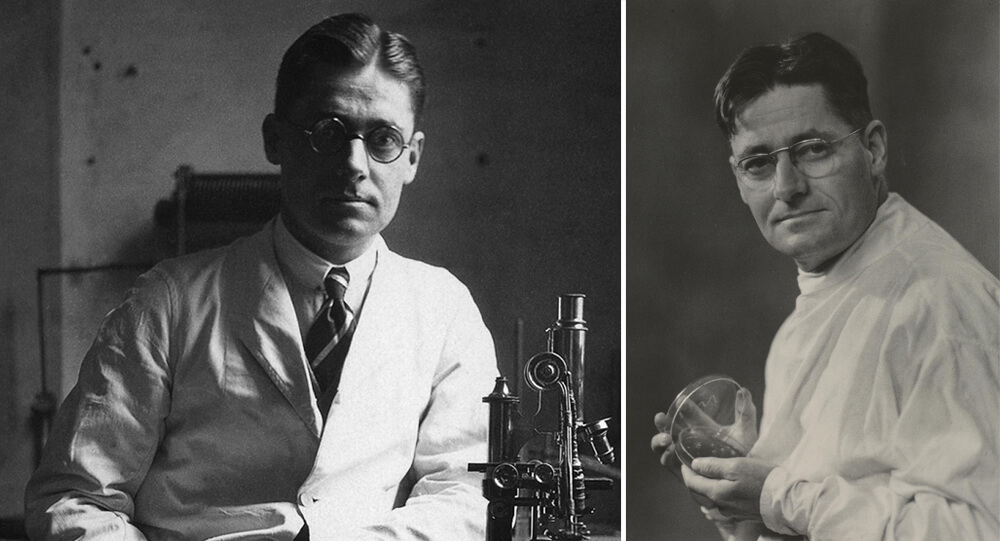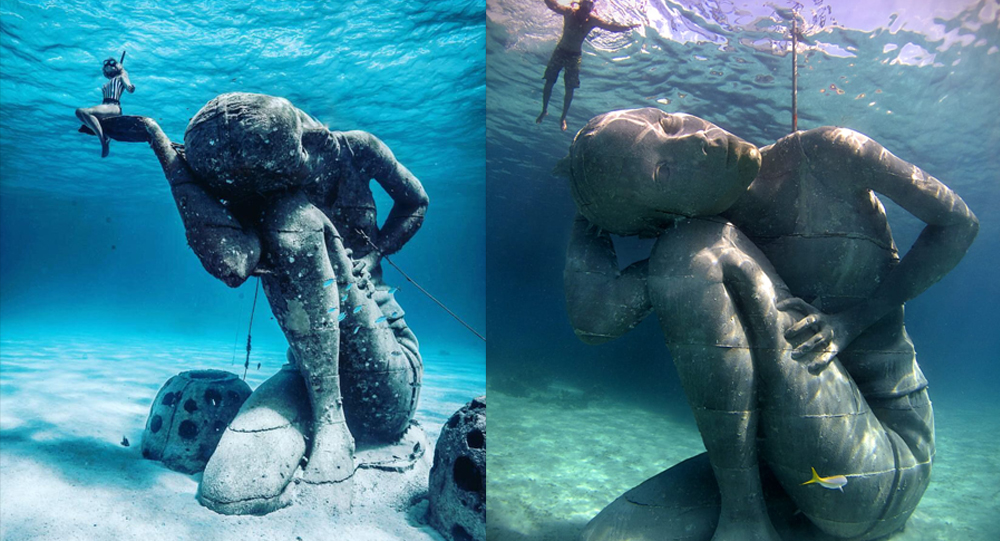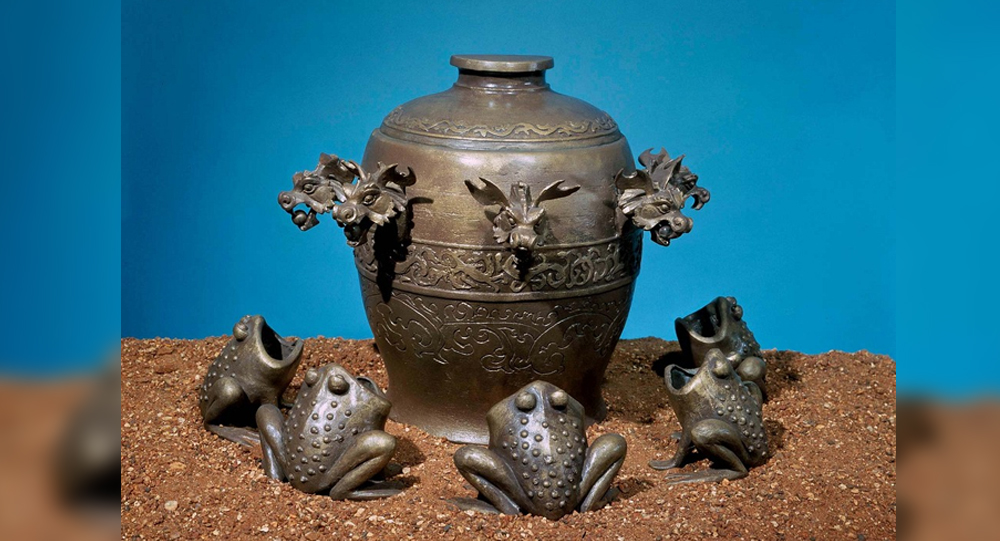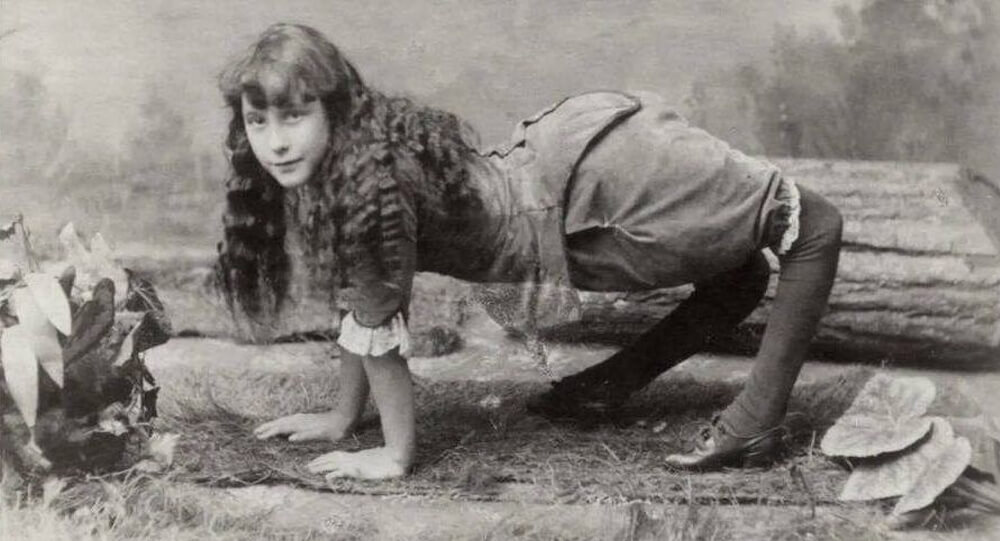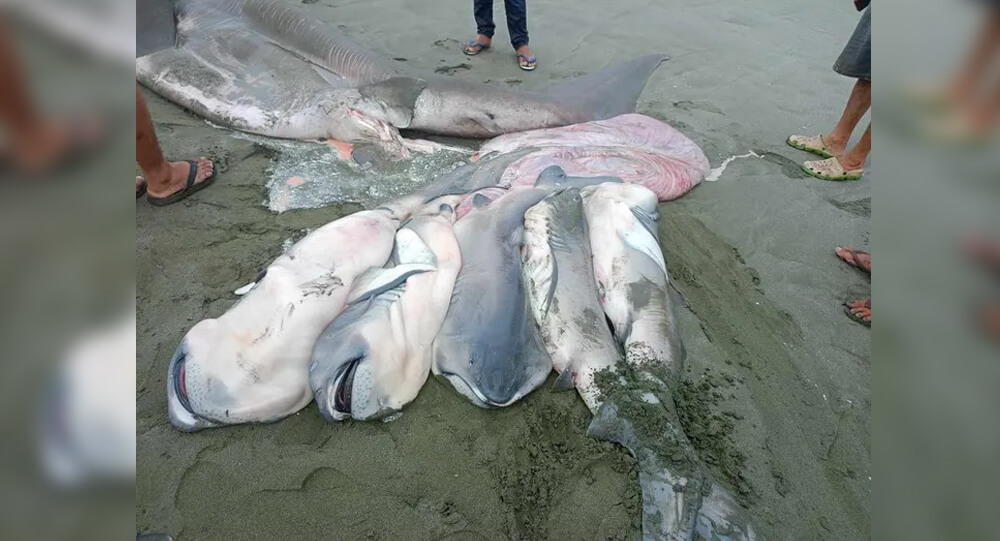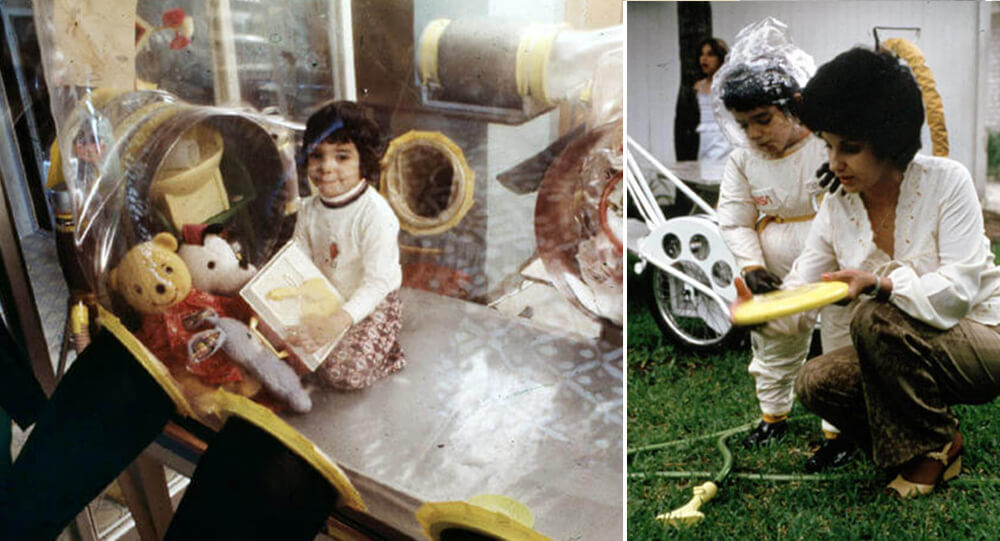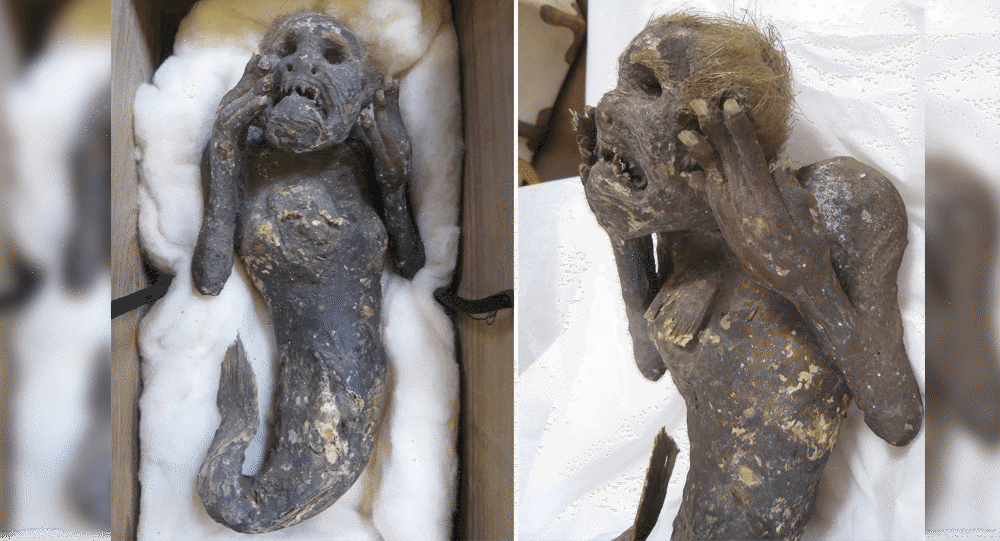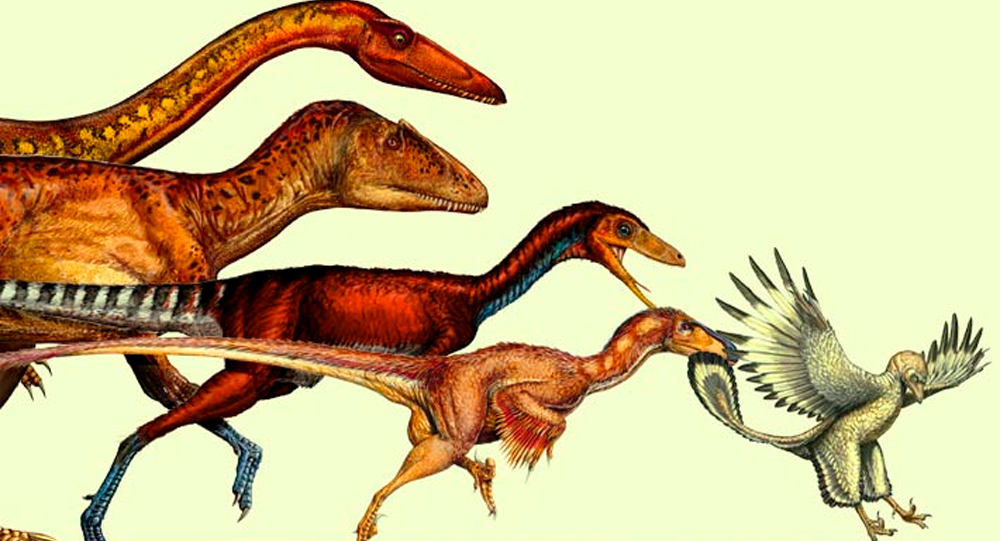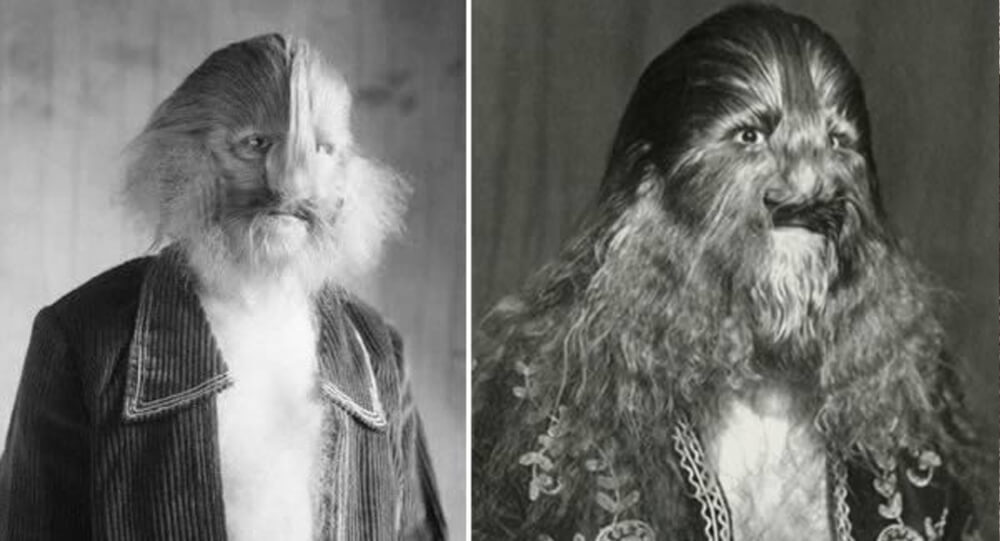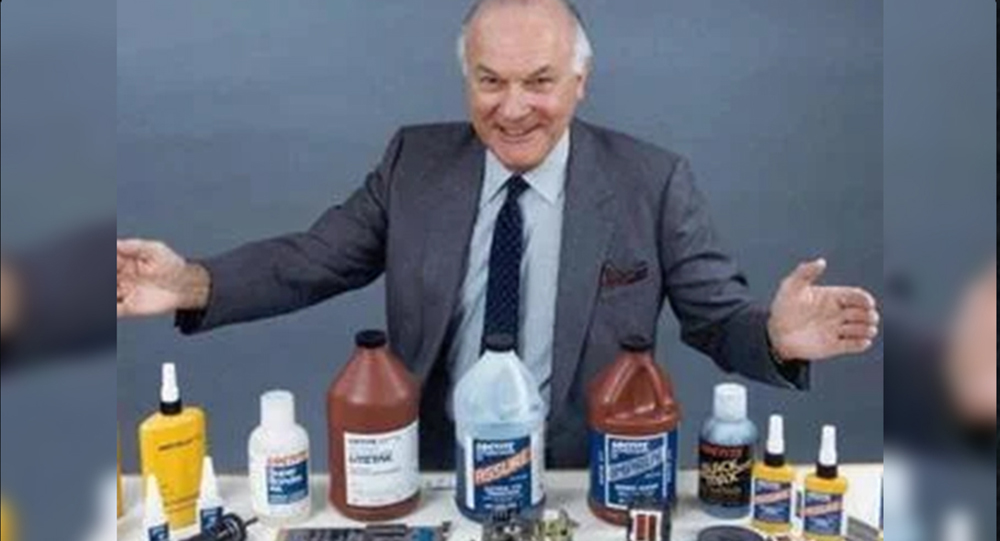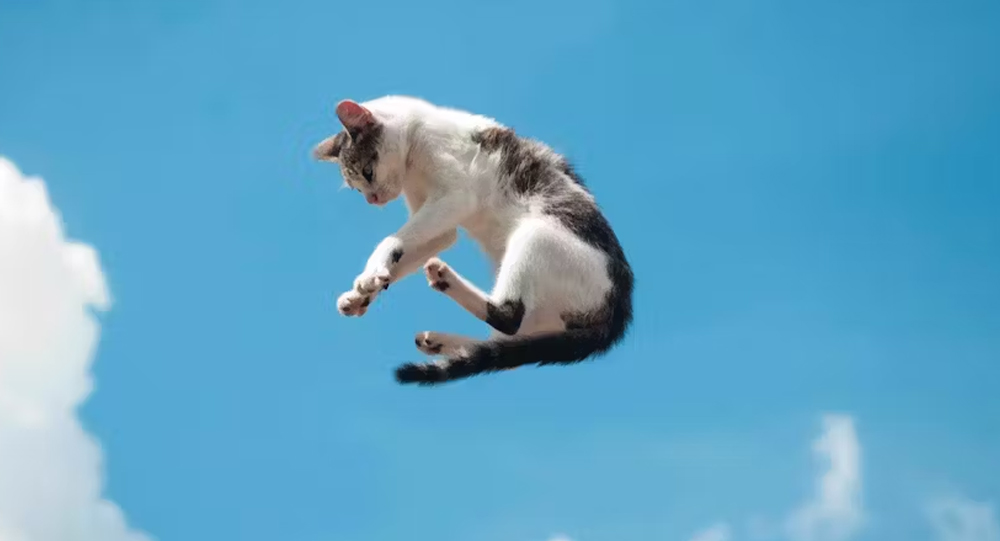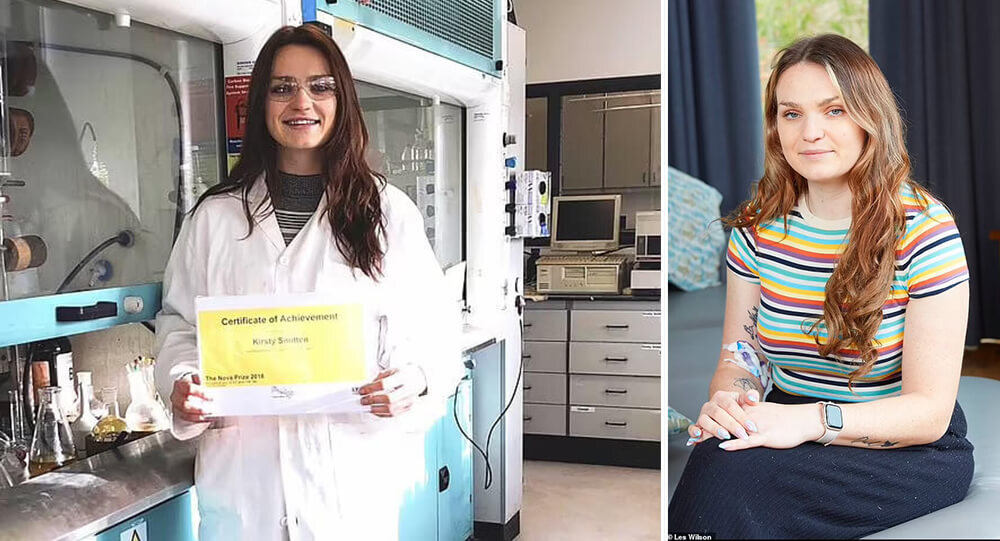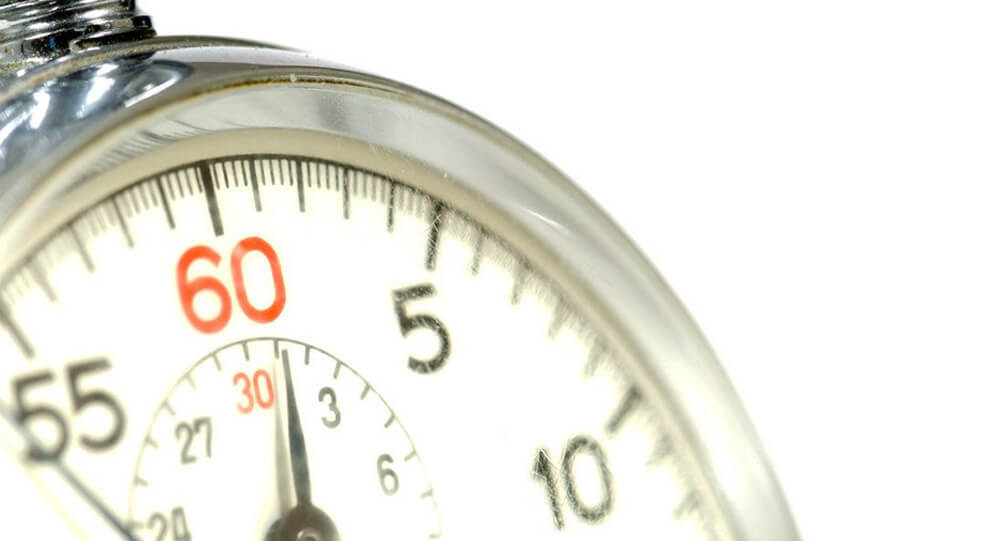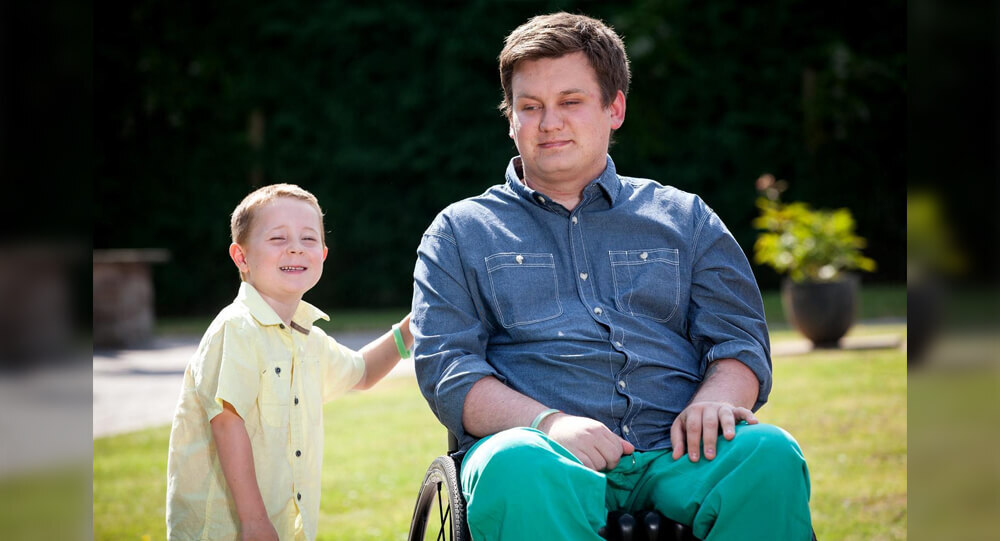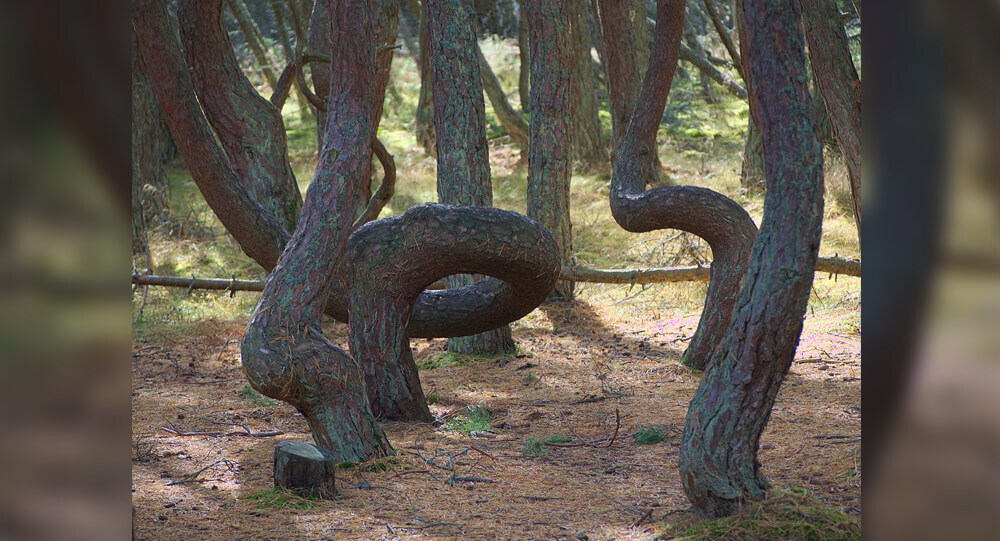
Leonid Rogozov was a Soviet general practitioner who served on the Soviet Antarctic Expedition six times between 1960 and 1961. He was the only doctor stationed at the Novolazarevskaya Station and developed appendicitis while there, forcing an appendectomy on himself, a famous case of self-surgery.
Rogozov was assigned to a newly built Russian base in Antarctica in 1961. By March of that year, the 12 men inside had been cut off from the outside world by the polar winter.
Rogozov had a general weakness, nausea, a moderate fever on April 29, 1961, and later pain in the lower right portion of the abdomen.
He had acute appendicitis, and his symptoms were typical. “He knew he had to have an operation if he wants to survive,” the British Medical Journal reported. “However, he was in the frontier conditions of a newly established Antarctic colony on the verge of the polar night.” Getting around was impossible. Because of the snowstorms, flying was out of the question. And there was another issue: he was the base’s only physician.”
Rogozov wrote in his diary: “It seems that I have appendicitis. I am keeping quiet about it, even smiling. Why frighten my friends? Who could be of help? A polar explorer’s only encounter with medicine is likely to have been in a dentist’s chair”.
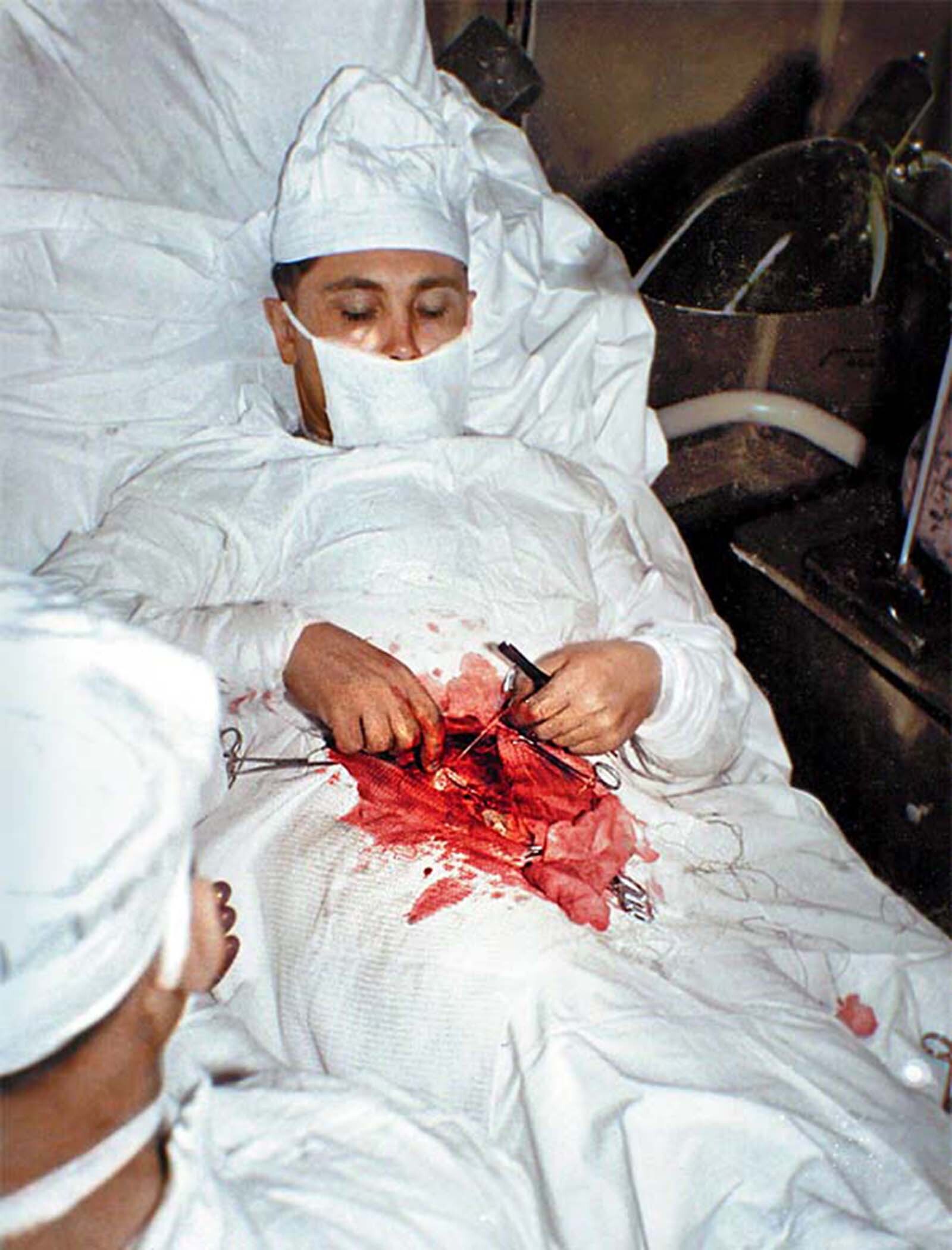
The patient received all available conservative treatment (antibiotics, local cooling), but his overall condition worsened: his body temperature rose, and vomiting became more frequent.
“I did not sleep at all last night. It hurts like the devil! A snowstorm whipping through my soul, wailing like a hundred jackals. Still, no obvious symptoms that perforation is imminent, but an oppressive feeling of foreboding hangs over me… This is it… I have to think through the only possible way out: to operate on myself…It’s almost impossible…but I can’t just fold my arms and give up”.
Rogozov had no choice but to carry out the procedure on himself. The operation began at 2:00 a.m. local time on May 1st, with the assistance of a driver and a meteorologist who provided instruments and held a mirror to observe areas that were not directly visible, while Rogozov was in a semi-reclining position, half-turned to his left side. The doctor found the inverted view to be too distracting, so he had to work by touch and without gloves.
Rogozov began to take short breaks after 30-40 minutes due to general weakness and vertigo. He began to worry that he would fall short at the last hurdle. Finally, he removed the appendix that was severely damaged.
He filled the peritoneal cavity with antibiotics and closed the wound. The operation took an hour and 45 minutes to complete. The assisting team took photographs of the operation halfway through.
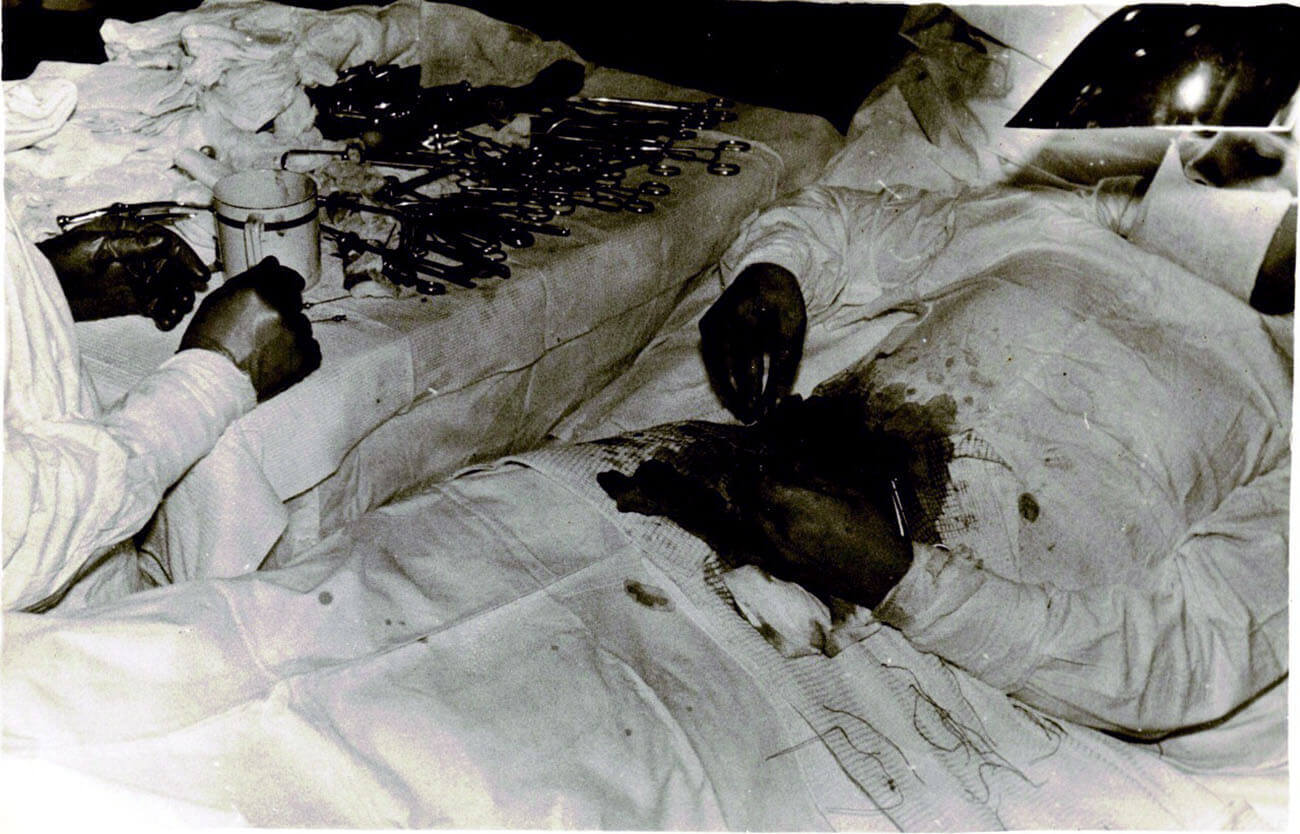
“I worked without gloves. It was hard to see. The mirror helps, but it also hinders—after all, it’s showing things backward. I work mainly by touch. The bleeding is quite heavy, but I take my time—I try to work surely.
Opening the peritoneum, I injured the blind gut and had to sew it up. Suddenly it flashed through my mind: there are more injuries here and I didn’t notice them… I grow weaker and weaker, my head starts to spin. Every 4-5 minutes I rest for 20-25 seconds.
Finally, here it is, the cursed appendage! With horror, I notice the dark stain at its base. That means just a day longer and it would have burst and… At the worst moment of removing the appendix, I flagged: my heart seized up and noticeably slowed; my hands felt like rubber. Well, I thought, it’s going to end badly. And all that was left was removing the appendix… And then I realized that, basically, I was already saved”.
The signs of peritonitis and Rogozov’s general condition gradually improved following the operation. After five days, the body temperature returned to normal, and the stitches were removed seven days later. In about two weeks, he returned to his regular duties.
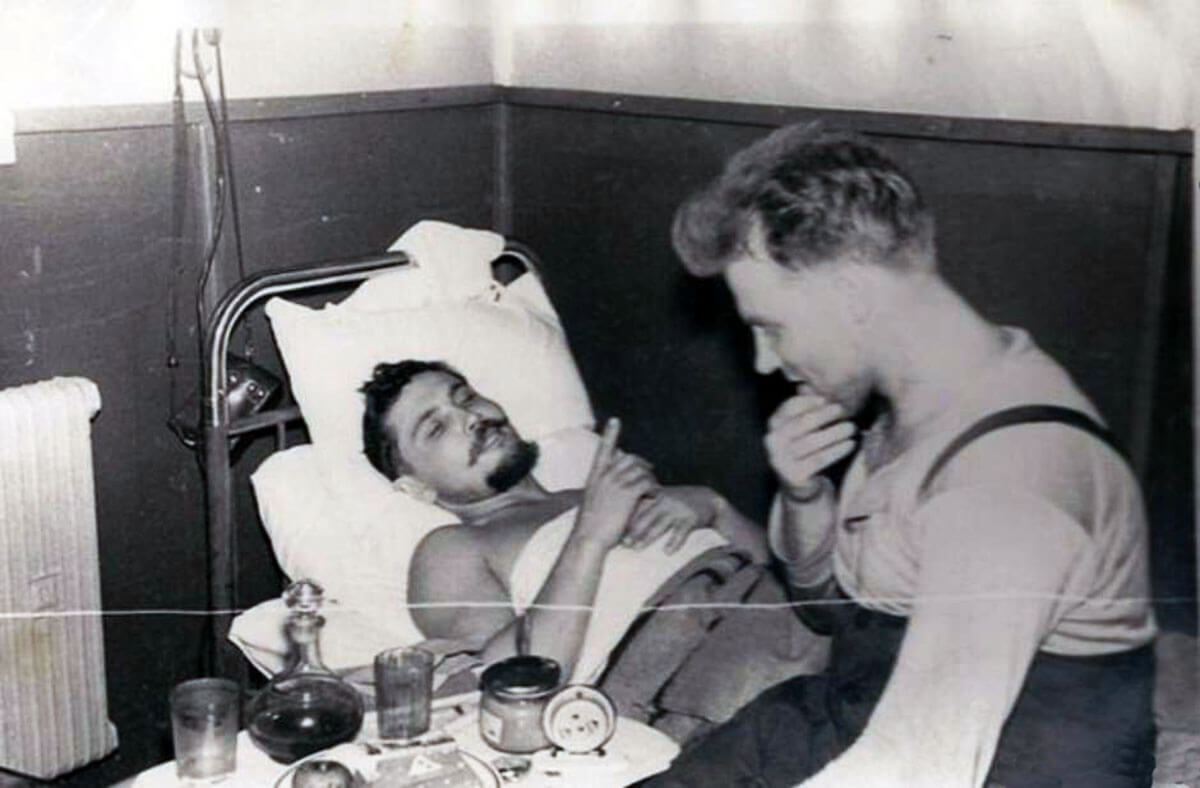
The story took yet another turn. Due to bad weather and thick sea ice, the ship scheduled to pick them up in April 1962 couldn’t get close enough, and the team assumed they would have to stay in Antarctica for another year.
In his diary, he wrote: “More and more often waves of dull homesickness and hatred of this cursed Antarctica wash over me. How odd it seems that I ever agreed to go on this expedition.
All the exoticism of Antarctica was exhausted within a month and in return, I’m losing two years of my life. My clinic, which I love more than any worldly pleasure, seems as far from here as Mars.”
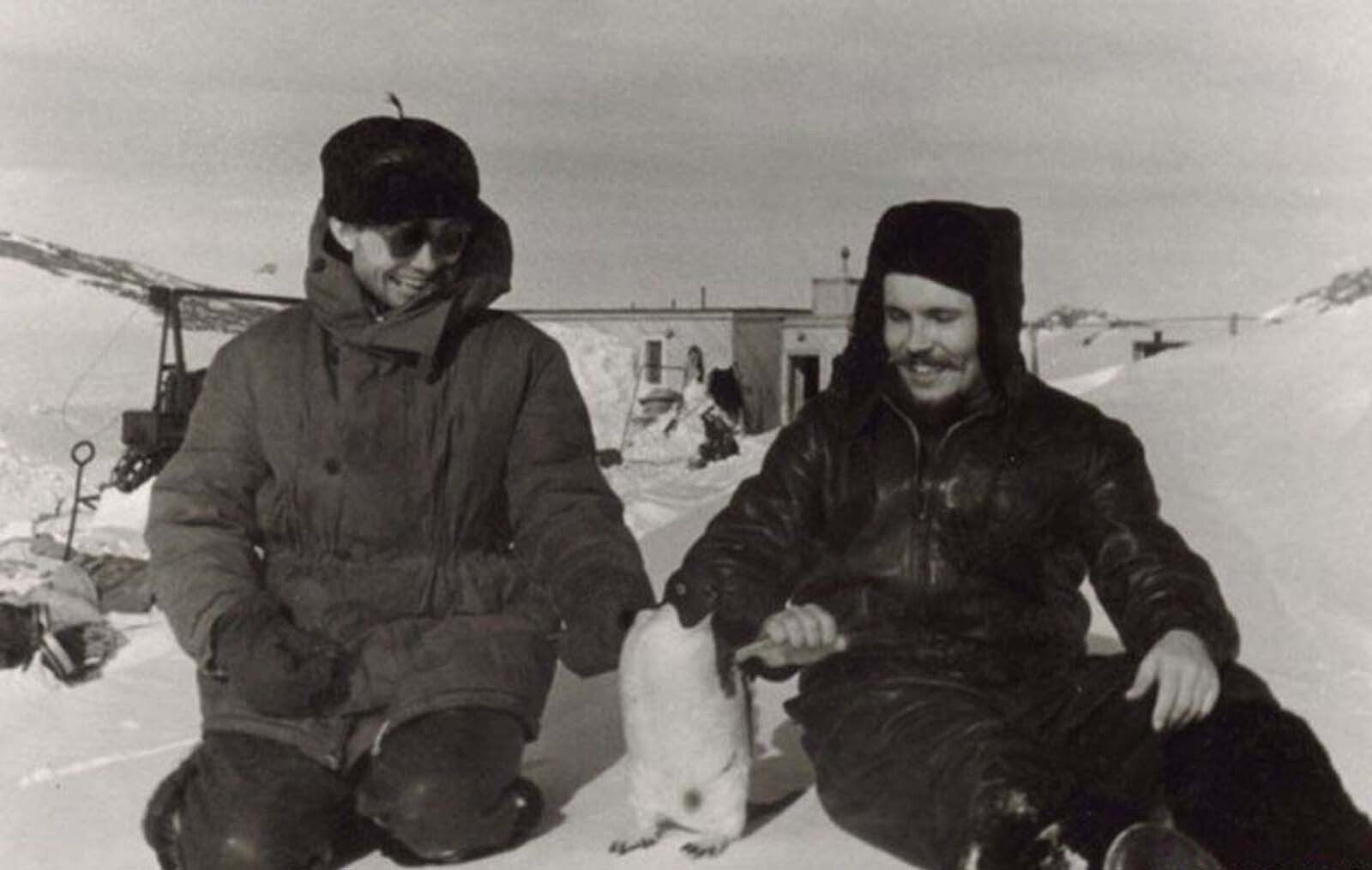
His colleagues photographed his self-surgery, which captured the attention of the Soviet public at the time. He was given the Order of the Red Banner of Labor in 1961.
Following the incident, the policy was changed, and personnel deployed on such expeditions were required to undergo extensive health checks.
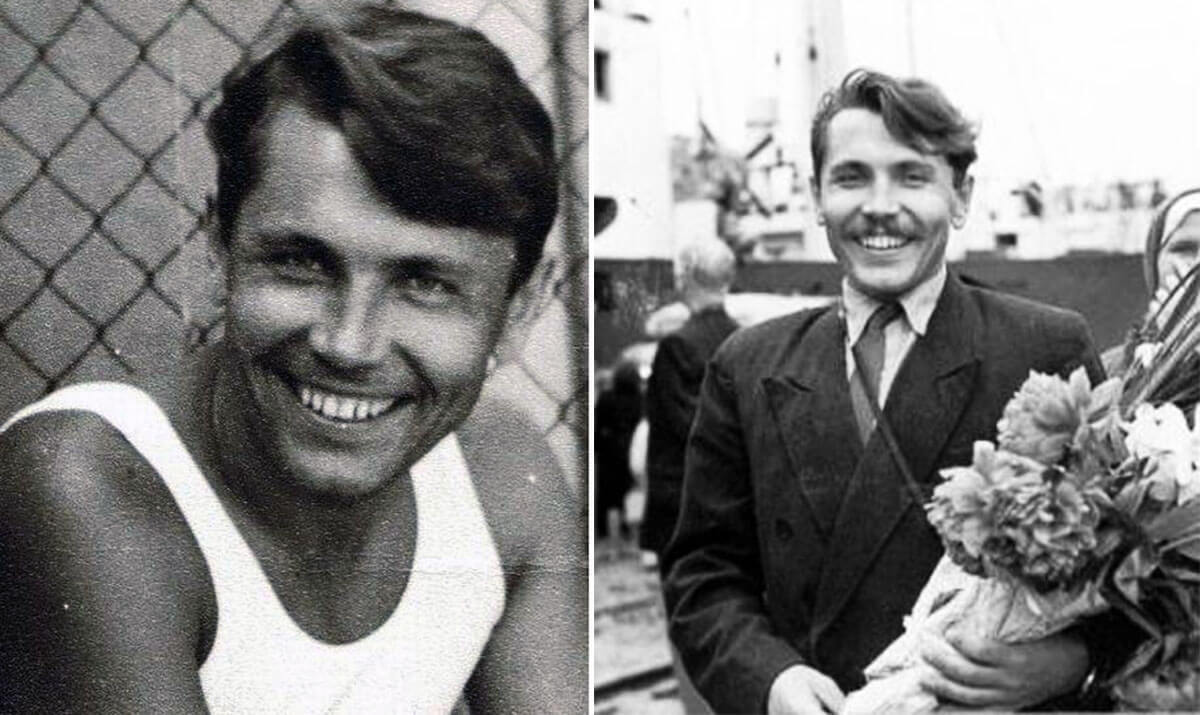
Rogozov’s self-sufficiency is a model of perseverance and the human will to live. In later years, Rogozov rejected all praise for his actions. When confronted with such thoughts, he would usually respond with a smile and the words, “A job like any other, a life like any other.”
Rogozov returned to Leningrad in October 1962 and began work on an MD at his alma mater. He defended his MD thesis, “Resection of the Esophagus for the Treatment of Esophageal Cancer,” in September 1966. He later worked as a doctor in various hospitals in Saint Petersburg.
He was the head of the surgery department at the Saint Petersburg Research Institute for Tubercular Pulmonology from 1986 to 2000. Rogozov died of lung cancer in Saint Petersburg, Russia, in 2000, at the age of 66.
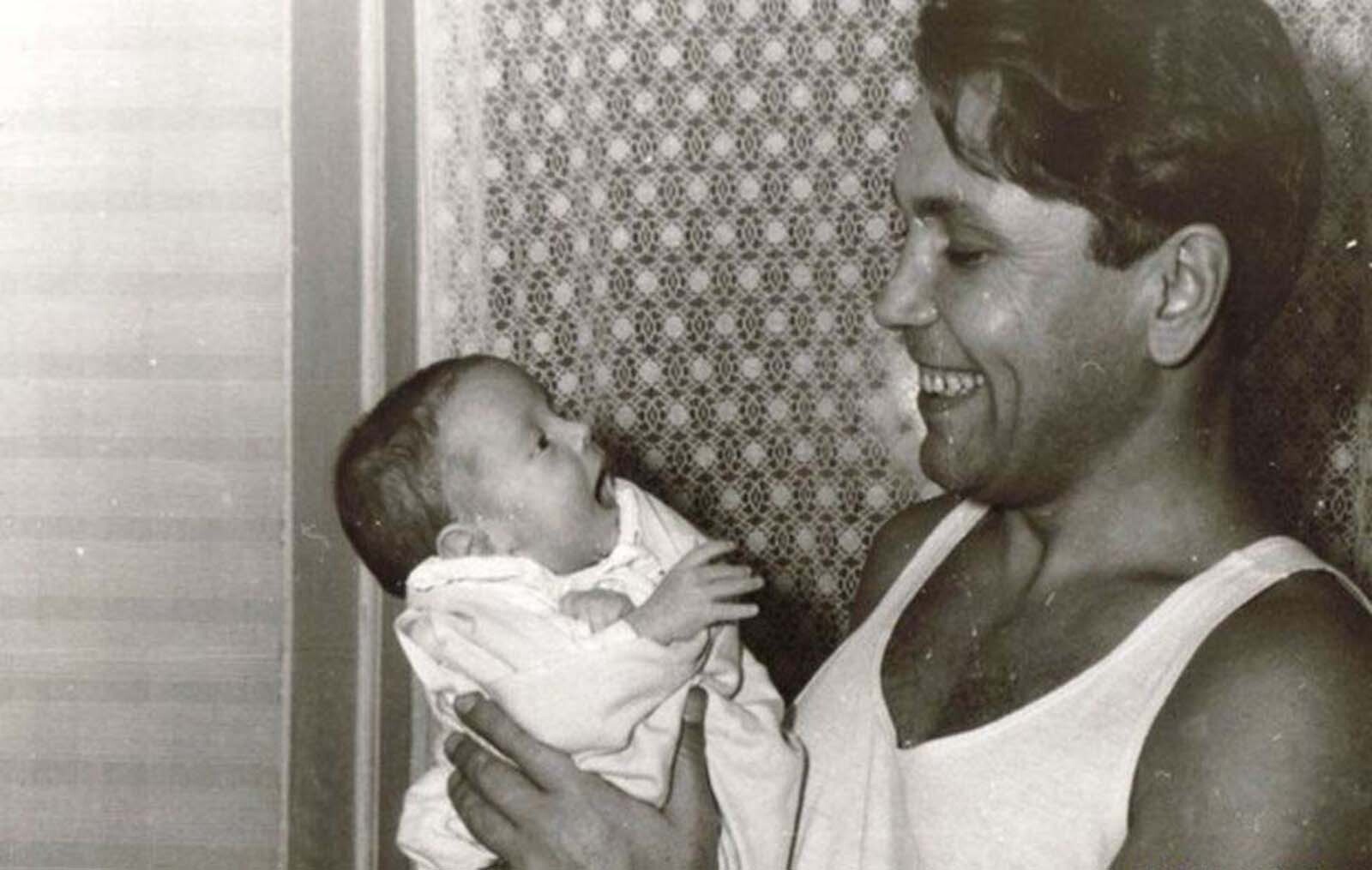
Dr. Leonid Rogozov Diary Translated to English
The event is documented on Rogozov KI: Self-operation. Soviet Antarctic Expedition Information Bulletin 4:233, 1964. In his own words, Leonid Rogozov wrote:
On the morning of April 29, 1961, I did not feel well. The symptoms were weakness, general malaise, and, later, nausea. Within a few hours, pain arose in the upper portion of the abdomen, which soon shifted to the right lower quadrant. Body temperature rose to 37.4°C. It was clearly a case of appendicitis.
Every possible measure was taken for conservative resolution, i.e., without surgical intervention, but to no avail; the inflammatory process continued to progress. On April 30, signs of possible perforation of the appendix and localized peritonitis were present: body temperature increased markedly, vomiting became more frequent and the general condition worsened.
There was no possibility of obtaining medical help from Mirny in time, as Mirny is approximately 1,000 km from Novolazararevskaya Station. Though there are foreign stations nearer, none of them had an airplane, and a blizzard ruled out a flight in any case.
By the evening of April 30, the patient’s condition was worse, and there were signs of the development of pyoappendicitis. An immediate operation was necessary to save the patient’s life. The only solution was to operate on myself.
We started to prepare for the operation. My co-workers at the station got the room ready while I made the plan of operation. Since the necessary equipment and surgical instruments were stored outside at negative temperatures, the resterilization was considerably facilitated.
Aerologists F.F. Kabot and R.N. Pyzhov were in charge of sterilization. A sterile solution of novocaine for local anesthesia had already been prepared. Meteorologist A. N. Artemyev and driver ZM Teplinskiy were asked to assist in the operation. It was decided that A. N. Artemyev would hold the retractors well ZM Teplinskiy would use a mirror for visualization of areas not directly visible in the operative field.
The ‘assistants’ were briefly instructed on what they should do during the operation. In the event that the patient lost consciousness they were instructed to inject the drugs in the syringes I had prepared.
The position of the patient at operation was designed to make it possible for him to perform the operation with minimal use of the mirror. A semi-reclining position with the body half-turned and to the left was selected, so that weight rested on the left hip, and the lower half of the body was elevated to an angle of 30°.
After the physician and assistant Artemyev scrubbed, the latter put on a sterile gown and gloves. The table with the operating equipment and instruments was moved next to the patient’s bed. Then the operative field (abdomen) was prepared and I took the position described above.
At 22 hours Moscow time, April 30, the abdominal wall was anesthetized with 0.5% Novocain solution; at 22 hours 15 minutes, a typical 10 to 12 cm incision was made. The mirror was used while the peritoneum was being exposed when it was sutured, and for detection of the vermiform appendix; i.e. when particular precision and accuracy were necessary since the bottom of the wound was very difficult to see.
Otherwise, the body position chosen was very satisfactory. It was frequently necessary to raise my head in order to see better, and sometimes I had to work entirely by feel. General weakness became severe after 30 to 40 minutes and vertigo developed so that short pauses for rest were necessary.
After resection and of the severely diseased vermiform appendix (a 2×2 cm perforation was found at its base), antibiotics were introduced into the peritoneal cavity and the wound was tightly sutured. The operation was completed at midnight, April 30.
Postoperative conditions were moderately poor. After four days the excretory function was normal and signs of localized peritonitis had disappeared. The temperature was normal after five days, and after seven days the stitches were removed.
The wound was completely healed. The assistants conducted themselves well during the operation and showed stamina and proper alertness. It was particularly difficult for A. N. Artemyev as he was forced to kneel throughout the operation. An excellent post-operative care was organized for me. Within two weeks I was able to carry out my normal duties, and I could even do heavy work after a month.

The extraordinary case of Olivia Farnsworth, who hit by a car and dragged down the street without pain because of chromosome 6 deletion
In 2016, 7-year-old Olivia Farnsworth was hit by a car and dragged down the street, but she did not feel a thing. That is because of a rare condition called “chromosome 6 deletion,” which causes her to feel no pain. She also does not experience hunger or exhaustion.

This Yogi Spent 76 Years Without Eating or Drinking Anything and Confirmed by
Prahlad Jani, the starving monk who lived 76 Years without food and water.

Canadian Schoolteacher Discovers a Fossil That May Be 300 Million Years Old
School teacher discovers extremely rare fossil of unknown animal that maybe 300 million years old. One high school teacher was walking her dog when she made a once-in-a-lifetime find. It turns out that the fossil is probably 300 million years old and came from an extinct species of reptile.

Woman's transplanted 'man hands' became lighter and more feminine over time
After losing both arms in an accident, an Indian girl received limbs from a male donor. The donor hands, which were formerly huge and hairy, changed skin tone and became thin and feminine over time to mix in with her body.

The Mystery of the Darvaza Gas Crater: A 50-Year Inferno
Scientists lit a hole filled with natural gas on Fire in 1971, expecting it would burn only for few days. The hole has been burning for the past 48 years & is called "The Door To Hell".

Woman's memory reset every two hours after traumatic accident
Riley Horner, an Illinois teenager was accidentally kicked in the head. As a result of the injury, her memory resets every two hours, and she wakes up thinking every day is June 11. Riley keeps detailed notes of events happening throughout the day, and sets an alarm on her phone every two hours to remind her to review them. Riley also keeps a calendar in her room to remind her what day it is? As she wakes up every morning confused, thinking it's still June 11.

How did Howard Florey discover penicillin
Penicillin was discovered by Alexander Fleming, but he never attempted to turn it into an antibiotic. It wasn't until ten years later that Howard Florey discovered Fleming's obscure paper and understood the mold's potential. Up to 200 million lives may have been saved as a result of Florey's work.

Ocean Atlas: Exploring the World’s Largest Underwater Sculpture in the Bahamas
On the western coast of New Providence in Nassau, Bahamas, there is a tourist attraction that you can dive down to see. Called Ocean Atlas, this is the largest single underwater sculpture ever installed. It depicts a local Bahamian girl carrying the weight of the ocean, in reference to the Ancient Greek myth of Atlas holding up the heavens.

The World’s First Seismograph: How Ancient China Detected Earthquakes 1,800 Years Ago
Over 1,800 years ago, long before modern technology, the ancient Chinese astronomer and inventor Zhang Heng created the world’s first seismograph in 132 AD. This ingenious bronze device could detect distant earthquakes by releasing small balls from dragons’ mouths into toads’ mouths—each indicating a different compass direction. Its historic detection of an earthquake 400 miles away astonished the imperial court and transformed the way societies understood and responded to seismic events.

The Heartbreaking Story Of Ella Harper, The ‘Camel Girl’
Ella Harper, Professionally known as the “Camel Girl” was born with a rare orthopedic condition that cased her knee to bend backward. Due to this condition, had to walked on all four legs, which resulted in her nickname as “Camel Girl”. Tough it was hard at first, but soon she made a fortune out of it.

Megamouth Shark And Her Babies Found Dead In The Philippines
Filipino zoologists have recorded a pregnant megamouth shark for the first time ever since the rare aquatic specie was discovered in 1974.

The touching story of David Vetter (bubble boy), the 'boy who lived in a bubble
David Vetter lived his whole 12 years in sterile “bubble”. He was “outside” for 20 second after being removed from his mother’s womb. He never touched any human.

Medieval Medicine: A 1,000-year-old onion and garlic salve kills modern bacterial superbugs
Scientists recreated an Anglo-Saxon manuscript-based 9th century onion and garlic eye remedy and discovered that it killed 90% of antibiotic-resistant staph bacteria (MRSA).

Mystery of 300-year-old mummified mermaid is being probed
There is a 300-year-old mummified mermaid with 30 centimetres tall and features a human-like head, two hands with what appear to be fingernails, and its lower body that look like a fish tail. The “mermaid mummy” is being probed by Japanese scientists in an attempt to unravel the mystery of its existence.

The Evolution of Flight: From Dinosaurs to Birds – A Journey Through Time and Science
Flight is one of nature’s most remarkable adaptations, but its origins trace back millions of years before modern birds took to the skies. Emerging from theropod dinosaurs during the Jurassic period, birds evolved feathers, wings, and lightweight bodies that enabled powered flight. This detailed narrative explores the fascinating evolutionary path from ground-dwelling dinosaurs to the aerial masters of today, blending science, intriguing fossil finds, and surprising trivia about our feathered ancestors.

The story of Lionel the Lion-Faced Man, Stephan Bibrowski
Stephen Bibrowski, also known as Lionel the Lion-faced Man, was a well-known sideshow entertainer. His entire body was covered in long hair, giving him the appearance of a lion; this was most likely due to a rare condition known as hypertrichosis. Lionel traveled to the United States in 1901 and began performing with the Barnum and Bailey Circus.

The Accidental Birth of Super Glue: Dr. Harry Coover's WWII Discovery
Dr. Harry Coover was trying to develop clear plastic for gun sights during WWII when he accidentally created cyanoacrylate, an extremely strong adhesive. Initially dismissed, it was later marketed as Super Glue in the 1950s.

The Physics Behind Why Cats Always Land on Their Feet
Cats have an extraordinary survival skill known as the “righting reflex” that allows them to twist midair and land on their feet, even when dropped upside down. This uncanny ability is made possible by their flexible spine, lack of a functional collarbone, and a combination of biological sensors and physical laws governing motion. Astonishingly, kittens develop this reflex as early as three weeks old, mastering the art of graceful landing that defies everyday expectations. This article unravels the science and mystery behind this feline feat.

A 28-year-old scientist could win a Nobel Prize for creating new class of antibiotics
A 28-year-old scientist could receive the Nobel Prize for developing a new class of antibiotics that fight drug-resistant bacteria, but she only has months to live after being diagnosed with incurable heart cancer, and she says "There aren't words to express how sad I feel' about not seeing award."

Why are there 24 hours in a day and 60 minutes in an hour
Ancient Babylonians did math in base 60 instead of base 10. That's why we have 60 seconds in a minute and 360 degrees in a circle.

Man gave his stem cell fund to a disabled boy
Dan Black, who was paralyzed in a bike accident, spent four years raising 20,000 for a stem cell treatment that could let him walk again. However, after learning about a five-year-old boy with cerebral palsy, he donated the funds for the boy's medical treatment in order to enable him to take his first steps.

The Mystery of the Dancing Forest: Reasons behind the unusual wonders of forest
The Dancing Forest in Russia is noted for its unusually twisted pine trees. The trunks of these trees are contorted into spirals, rings, and other squiggly loops, but the reason for this malformation is still a mystery.

India's chandrayaan-3 becomes the first landed craft on moon's south pole
India's chandrayaan-3 becomes the first land craft on moon's south pole. It landed safely on August 2023

For the First Time in 60 Years, Scientists Discover a 'Lost' Echidna Species
An expedition team in Indonesia discovered the elusive, egg-laying animal (Echidna) named after David Attenborough, which had not been seen since 1961.

The Astonishing Case of Sanju Bhagat: Living with a Twin Inside Him for 36 Years
Sanju Bhagat, an Indian farmer, lived with an undiagnosed parasitic twin inside his abdomen for 36 years. In 1999, doctors discovered the twin during surgery. This rare condition, fetus in fetu, occurs when a malformed twin is absorbed during pregnancy, surviving within the host sibling's body.

